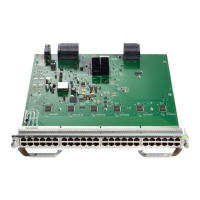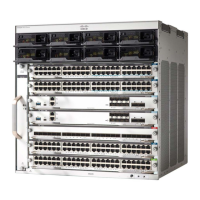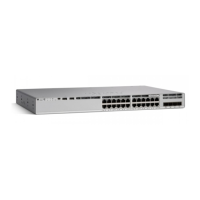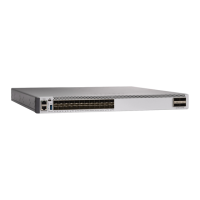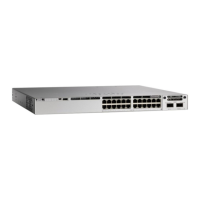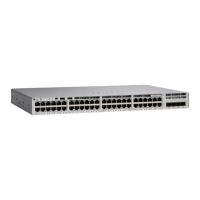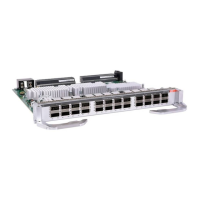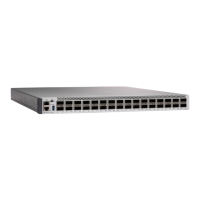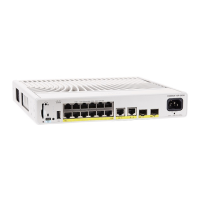Address or name of remote host []? 1.1.1.1
Destination filename [system-report_1_20150909-092728-UTC.gz]?
The tracelogs can be collected by issuing a trace archive command. This command provides time period
options. The command syntax is as follows:
Switch#request platform software trace archive ?
last Archive trace files of last x days
target Location and name for the archive file
The tracelogs stored in crashinfo: or flash: directory from within the last 3650 days can be collected.
Switch# request platform software trace archive last ?
<1-3650> Number of days (1-3650)
Switch#request platform software trace archive last 3650 days target ?
crashinfo: Archive file name and location
flash: Archive file name and location
It is important to clear the system reports or trace archives from flash or crashinfo directory once they are
copied out, in order to have space available for tracelogs and other purposes.
Note
In a complex network it is difficult to track the origin of a system-report file. This task is made easier if the
system-report files are uniquely identifiable. Starting with the Cisco IOS XE Amsterdam 17.3.x release, the
hostname will be prepended to the system-report file name making the reports uniquely identifiable.
The following example displays system-report files with the hostname prepended:
HOSTNAME#dir flash:/core | grep HOSTNAME
40486 -rw- 108268293 Oct 21 2019 16:07:50 -04:00
HOSTNAME-system-report_20191021-200748-UTC.tar.gz
40487 -rw- 17523 Oct 21 2019 16:07:56 -04:00
HOSTNAME-system-report_20191021-200748-UTC-info.txt
40484 -rw- 48360998 Oct 21 2019 16:55:24 -04:00
HOSTNAME-system-report_20191021-205523-UTC.tar.gz
40488 -rw- 14073 Oct 21 2019 16:55:26 -04:00
HOSTNAME-system-report_20191021-205523-UTC-info.txt
Onboard Failure Logging on the Switch
You can use the onboard failure logging (OBFL) feature to collect information about the device. The information
includes uptime, temperature, and voltage information and helps Cisco technical support representatives to
troubleshoot device problems. We recommend that you keep OBFL enabled and do not erase the data stored
in the flash memory.
By default, OBFL is enabled. It collects information about the device and small form-factor pluggable (SFP)
modules. The device stores this information in the flash memory:
• CLI commands—Record of the OBFL CLI commands that are entered on a standalone device.
• Message—Record of the hardware-related system messages generated by a standalone device .
• Power over Ethernet (PoE)—Record of the power consumption of PoE ports on a standalone device .
• Temperature—Temperature of a standalone deicev .
• Uptime data—Time when a standalone device starts, the reason the device restarts, and the length of
time the device has been running since it last restarted.
• Voltage—System voltages of a standalone device .
System Management Configuration Guide, Cisco IOS XE Bengaluru 17.4.x (Catalyst 9400 Switches)
396
Troubleshooting the Software Configuration
Onboard Failure Logging on the Switch
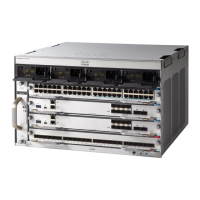
